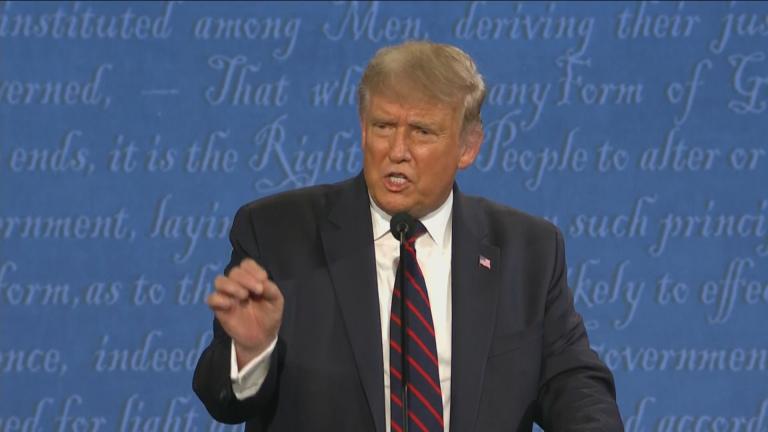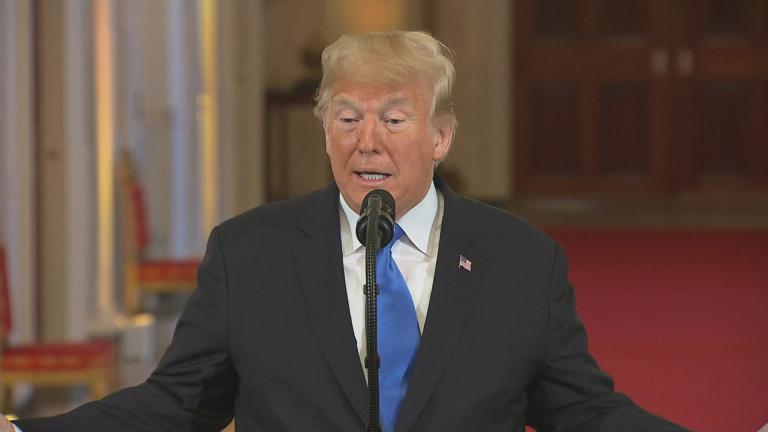Political polarization runs deep in America. Though the election is over, tensions still run high.
While the divide is unmistakable in states with tight races, like Pennsylvania, it is also evident in Illinois—a blue stronghold that sees a stark difference between the vote in Chicago, the suburbs and the rest of the state.
“I think it speaks to just how strong partisanship is as a social identity for people,” said Laurel Harbridge-Yong, a political science professor at Northwestern University whose research focuses on partisan conflict and the lack of bipartisan agreement in American politics. “Regardless of Trump’s handling of the pandemic, regardless of the consequences for the economy over the last nine months, really the partisanship in terms of people’s vote in the election looked much like we might have thought it would if the election had been held before the pandemic began,” she said.
Results from the general election show that partisanship continues to dominate the political landscape, she said, noting the country is seeing similar levels of partisanship in Congress as it did in the post-Civil War period and World War II.
Polarization has continued to increase since the 1950s, when polling began, Harbridge-Yong said.
“What we really see the growth on is this sort of affect of social polarization, when people really hate the opposing side, so it’s about how they feel toward those in the out-group as opposed to the in-group,” Harbridge-Yong said.
 President Donald Trump, left, and President-elect Joe Biden. (WTTW News via CNN)
President Donald Trump, left, and President-elect Joe Biden. (WTTW News via CNN)
The divide in Illinois and across the country is more nuanced than blue or red, said Purvi Patel, director of civic and campus engagement at the University of Chicago Institute of Politics, where she leads the Bridging the Divide program, which brings together urban and rural college students in Illinois to have conversations about their differences and to inspire public service leadership. David Axelrod, former senior advisor to former President Barack Obama and director of the institute, started the program after the 2016 presidential election.
As part of the Bridging the Divide program, students watch a focus group in Chicago and one in central or southern Illinois.
“In downstate Illinois, it’s a recurring theme that folks don’t feel that their interests are in line with those who are in Chicago,” Patel said. “They don’t find commonality with the lives and lived experiences with Chicagoans.”
Race also factors into polarization, Patel said. Over the summer, the civil unrest and conversations surrounding the police and the Black Lives Matter movement proved to be divisive.
“Race is a huge factor,” Patel said. “Something I think about a lot is outside of political party affiliation is thinking about how polarization is shaped by structural forces, whether that’s education, transportation, housing, race or socioeconomic status. We know that some of those factors shape what information we get, who we’re in relationship with and what our cultural landscape is. When conversations about polarization stop at just party affiliation, I think it feels incomplete because forces like race shape and animate all aspects of our day to day life, regardless of racial identity you are.”





